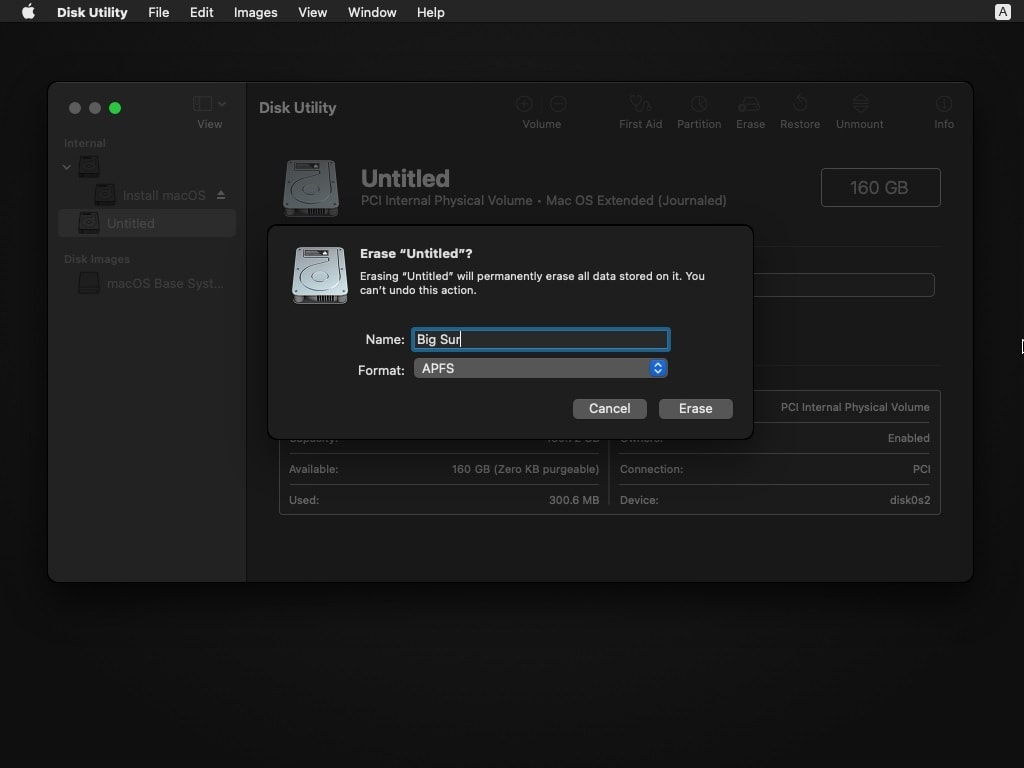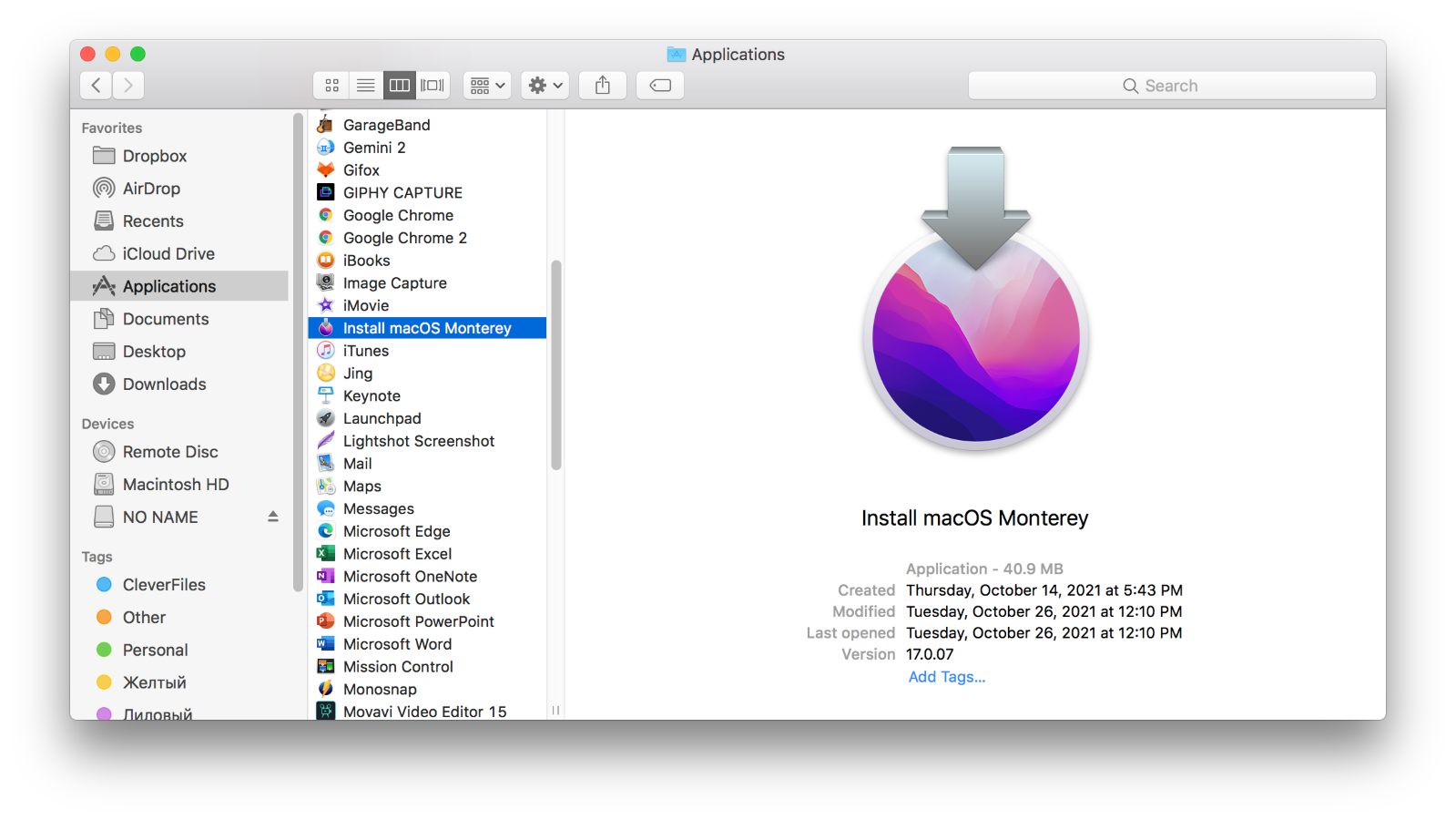
- #How to install mac os x in new hard drive how to#
- #How to install mac os x in new hard drive install#
- #How to install mac os x in new hard drive password#
Once you open it, type in this command:ĭiskutil repairVolume /Volumes/ Repair the Corrupted Hard Drive Using Disk UtilityĪfter discovering the corrupted hard drive, you can repair it through the Terminal. If you know for sure that you have a corrupted hard drive on a Mac, you can take these steps to restore access or recover your information.
#How to install mac os x in new hard drive how to#
How to Fix a Corrupted Hard Drive on a Mac Several file retrieval and disk utility services can help you repair the corrupted hard drive or retrieve your information. You can now quit Terminal and eject the volume.⚠️ When you experience one of these symptoms, it is better to be safe than sorry.
#How to install mac os x in new hard drive install#
#How to install mac os x in new hard drive password#
When prompted, type your administrator password and press Return again.* If your Mac is using macOS Sierra or earlier, include the -applicationpath argument and installer path, similar to the way this is done in the command for El Capitan.

Sudo /Applications/Install\ OS\ X\ El\ Capitan.app/Contents/Resources/createinstallmedia -volume /Volumes/ MyVolume -applicationpath /Applications/Install\ OS\ X\ El\ Capitan.app

Sudo /Applications/Install\ macOS\ High\ Sierra.app/Contents/Resources/createinstallmedia -volume /Volumes/ MyVolume Sudo /Applications/Install\ macOS\ Mojave.app/Contents/Resources/createinstallmedia -volume /Volumes/ MyVolume Sudo /Applications/Install\ macOS\ Catalina.app/Contents/Resources/createinstallmedia -volume /Volumes/ MyVolume Sudo /Applications/Install\ macOS\ Big\ Sur.app/Contents/Resources/createinstallmedia -volume /Volumes/ MyVolume Sudo /Applications/Install\ macOS\ Monterey.app/Contents/Resources/createinstallmedia -volume /Volumes/ MyVolume If it has a different name, replace MyVolume in these commands with the name of your volume.

These assume that the installer is in your Applications folder, and MyVolume is the name of the USB flash drive or other volume you're using.



 0 kommentar(er)
0 kommentar(er)
